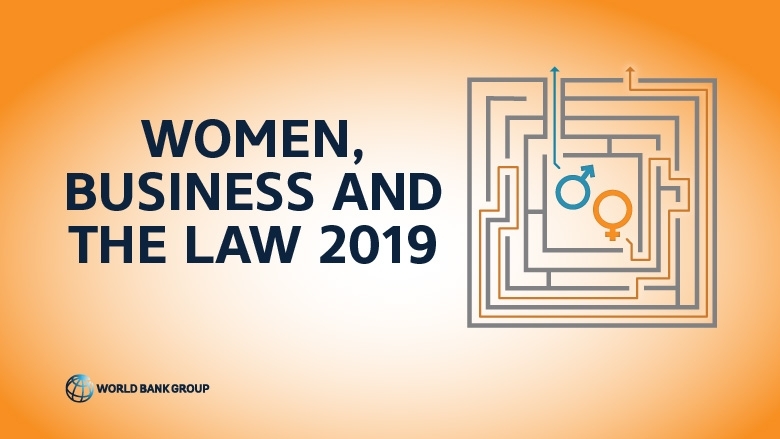 More work is needed to fulfill the legal promises of gender equality. (Image: Stand for Her Land Campaign)
More work is needed to fulfill the legal promises of gender equality. (Image: Stand for Her Land Campaign)
Securing women’s land rights around the world requires not just good laws but good implementation. A number of organizations have come together to launch the Stand for Her Land advocacy campaign to do just that – translate law into practice.
But what is the state of the law on women’s land rights?
For more than a decade, the World Bank Group’s Women, Business, and the Law (WBL) initiative has been collecting data on legal barriers for women’s economic inclusion. In 2019, we launched a new study called Women, Business and the Law 2019: A Decade of Reform, which examines legal gender equality reform trends in 187 economies over 10 years.
For managing assets, which is the indicator measuring property rights, we had a good baseline of positive data points in 2009, with a global average of 81.5% of restrictions removed in this area. However, it is the indicator with the slowest pace of reform over the 10 years – with only 1% of reforms made over that time period. For comparison, the percentage of reform in starting a job was 11% over the same time period. There is room to continue closing the legal gap for women’s property rights and to do it at a faster pace.
The study also finds that globally, on average, women have three-quarters the legal rights of men. For example, the 25-year-old woman in our case study would be prevented from doing a quarter of what a 25-year-old man is legally able to do when performing the exact same activities during their working lives..

Laws are very important for women’s land rights, but good laws also need good implementation to realize women’s land rights on the ground. WBL is a unique global legal database that serves as a guiding tool and can help countries, organizations, and global advocacy efforts such as Stand for Her Land effectively identify mainly two things:
- Where are the legal gender gaps? This will help prioritize efforts to push for reforms.
- Where are the laws closing those legal gender gaps already in place? This will support strategic efforts focused on implementation.
In other words, Women, Business and the Law can be an input to understanding where a campaign like Stand for Her Land can make a difference.
If you want to know more about Women, Business and the Law or access to any WBL reports, including the “Decade of Reform” report and the forthcoming WBL 2020 report, visit http://wbl.worldbank.org.
This blog post is part of a series in collaboration with the global “Stand for Her Land” campaign. If you want to learn what is being done – and what you can do – to help close the gap between policy and practice on women’s land rights, visit http://www.stand4herland.org.
READ MORE



Join the Conversation